E-readers may have become exceedingly popular, but they don’t wield the magic that books do. A click can never replicate the feeling of flipping pages, and there’s no way a e-reader can waft the smell of books.
According to a 2009 study published in American Chemical Society’s Analytical Chemistry, the smell of old books is “[a] combination of grassy notes with a tang of acids and a hint of vanilla over an underlying mustiness”. Much like wine, but better for the body and mind! No wonder bibliomania continues to be in fray.
Bibliomania, a 19th century novel by Thomas Frognall Dibdin, explored “book madness”, the act of being unable to stop collecting literature. And it exists as revealed by the proliferation of tsundoku, a Japanese term used to describe the art of routinely buying books and never getting around to actually reading them. If you’re one of those who have more books than space, read on for how to store and stack them.
“One doesn’t need to buy expensive shelves or spend a lot on getting custom-built shelving. Often, there are so many available options around the house that you can press into service,” says Devayani Patel, an Ahmedabad-based interior designer.
Under the bench
Benches have made their way into homes, and are used everywhere — in the living and dining areas, bedrooms, and foyers. The space beneath them is often vacant, and can be used to display books. “If your bench doesn’t have a shelf under it, you could get one made to add instant visual appeal or consider stacking your books in wire baskets, attractive boxes, or rattan/ wicker containers,” suggests Patel.
Use a closet
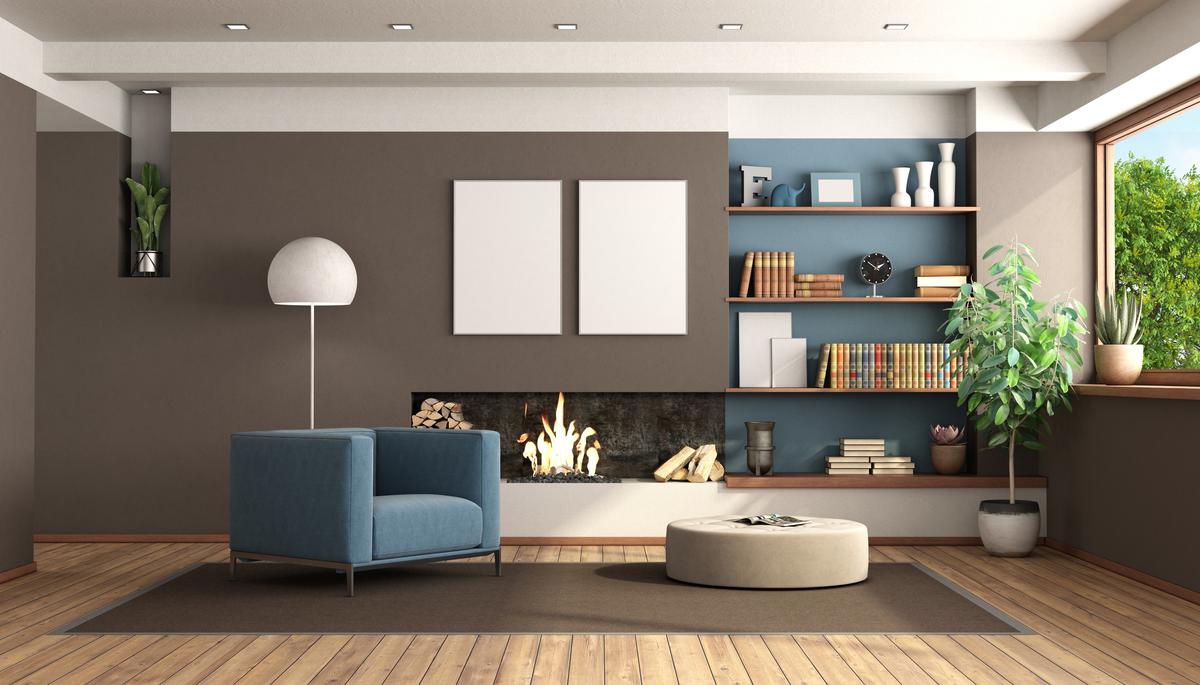
If you’re one of the lucky people with an extra closet in the hallway or corridor, consider turning it into a mini library. The shelving is ideal to stack books (or you can add/ subtract a couple of shelves), and you can paper the shelves before storing them. “A wooden door can be replaced with a glass one or you can even take it off the hinges to make the books more accessible,” says Sonali Desai, a Vadodara-based designer.
Create a room divider
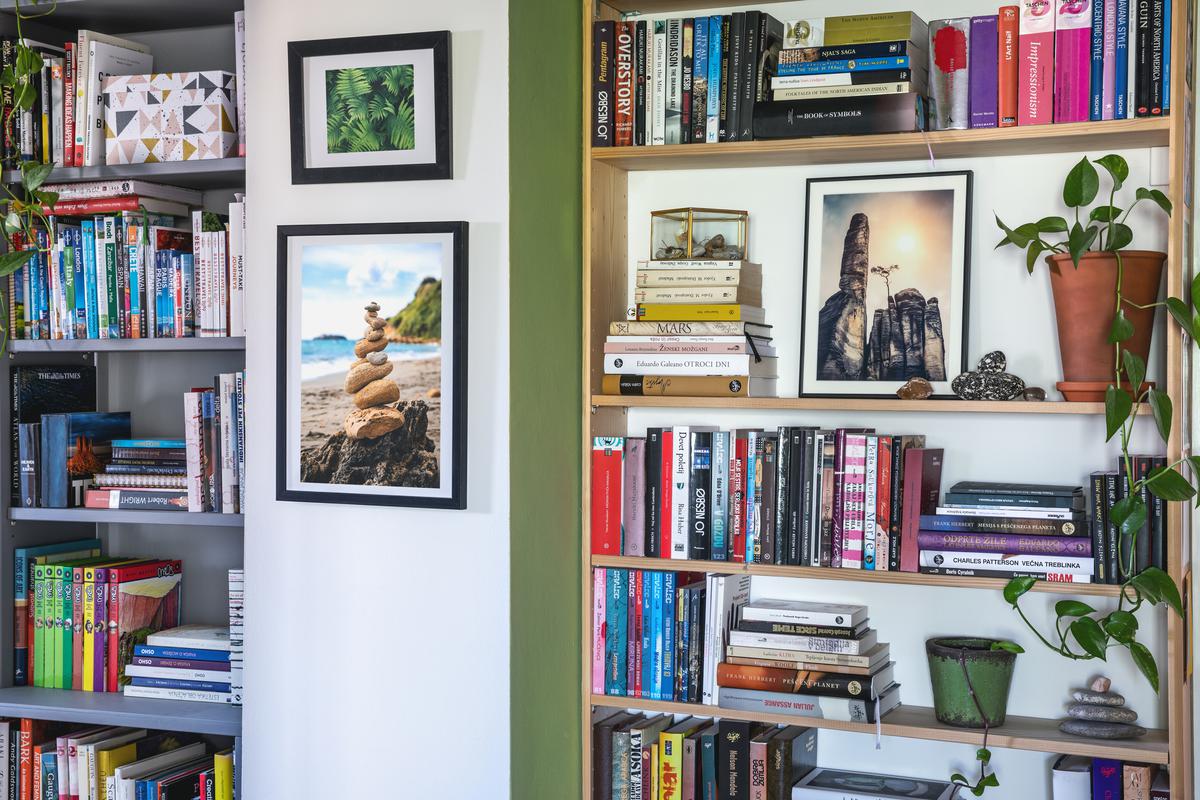
Using a shelving unit that works as a room divider is ideal in a large space or a studio apartment — it gives you extra space to stash your books and you naturally create a divide between spaces. “Many companies now offer modular, stackable cubes that can be joined to create this. Opt for a wooden finish or a metal one. An etagere shelving style creates a more open look,” says Desai.
Try floating shelves
These come as a godsend to those who have no space for books. Just line up a series of floating shelves, now available in wood, MDF, and metal in different styles, and keep your tables and floor space clean. “They are ideal for small space storage as they let you tap unexplored walls. Make sure that the placement doesn’t hamper movement,” says Sagar Datta, a Delhi-based interior designer.
Tap a tiered cart
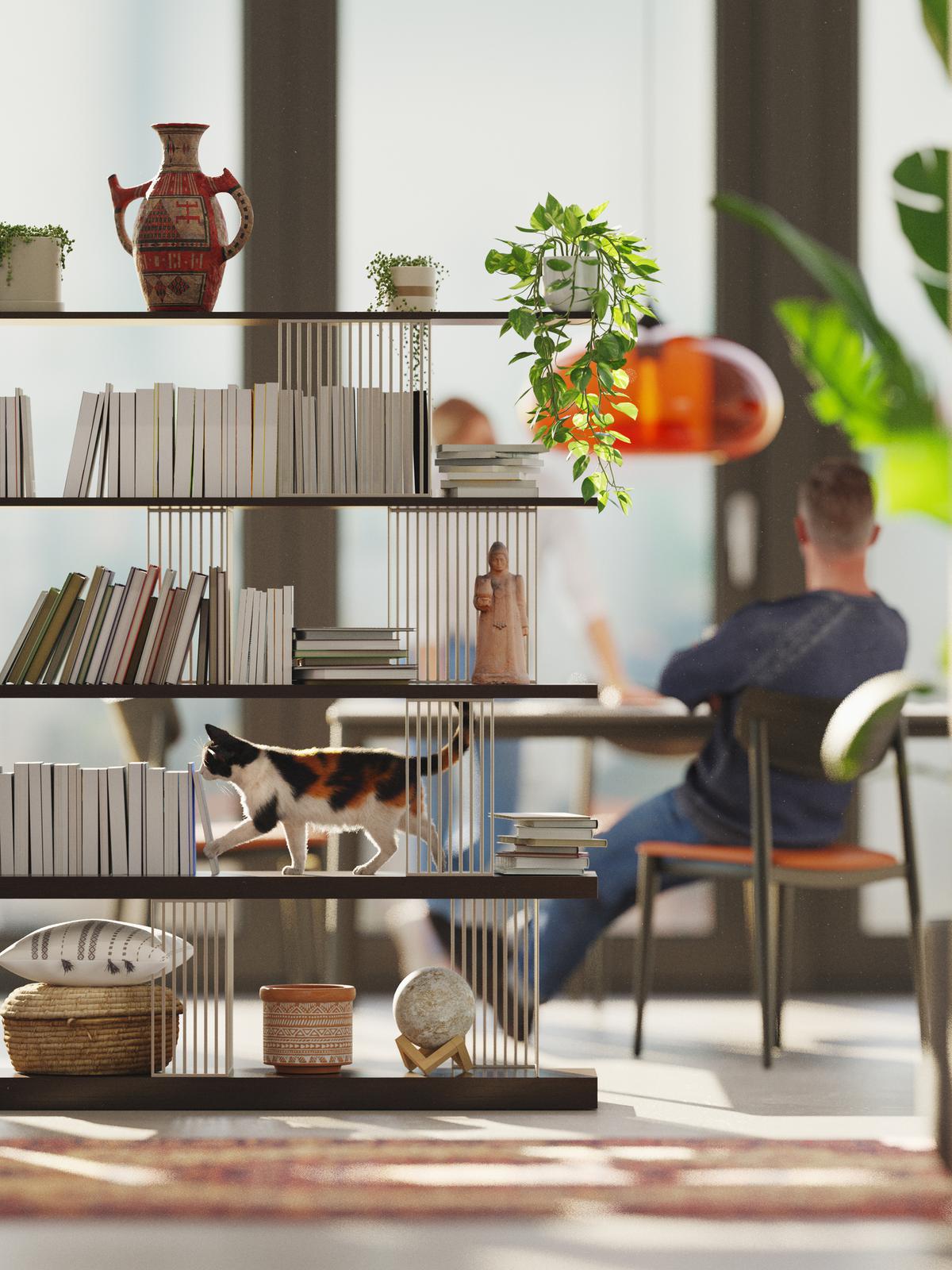
Chances are you bought a tiered cart some time and then forgot all about it. Apart from functioning as a bar trolley, a tiered cart works wonderfully to stock a small selection of books — perhaps those that you return to regularly or those that you want in your home office. “I love buying books and am hoping to get around to reading them all one day. But till then, a cart that I repurposed serves well to hold my TBR collection,” says Janavi Iyer, programming head at a Vadodara-based FM station.
Exploit those cabinets
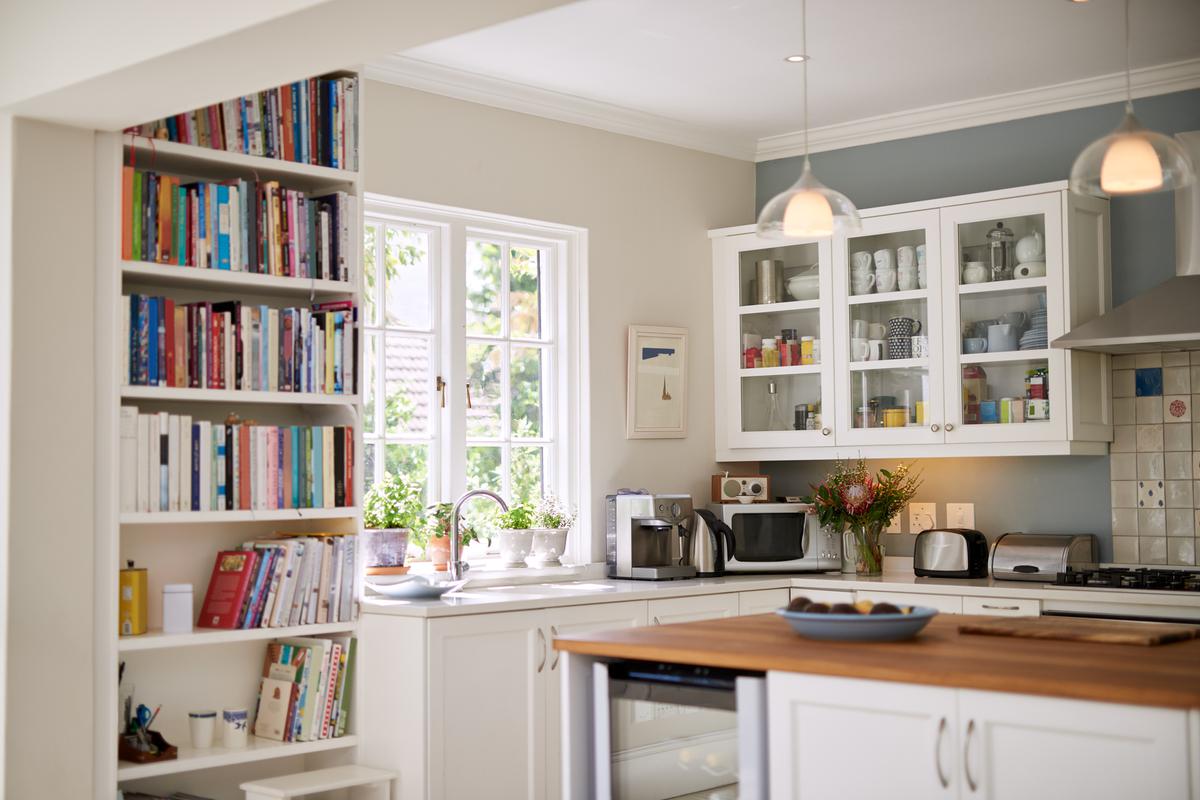
The space above cabinets is typically wasted. All that square footage could possibly house the books cluttering up your spaces. Stand cookbooks on top of the kitchen cabinets, and look for other cabinets that could store your books and help keep track of all your titles. “You need to look for storage space and maximise it. Put up in a long ledge above the lintel in your dining/ bedroom area to store books and create visual intrigue,” says Datta.
Utilise the tables
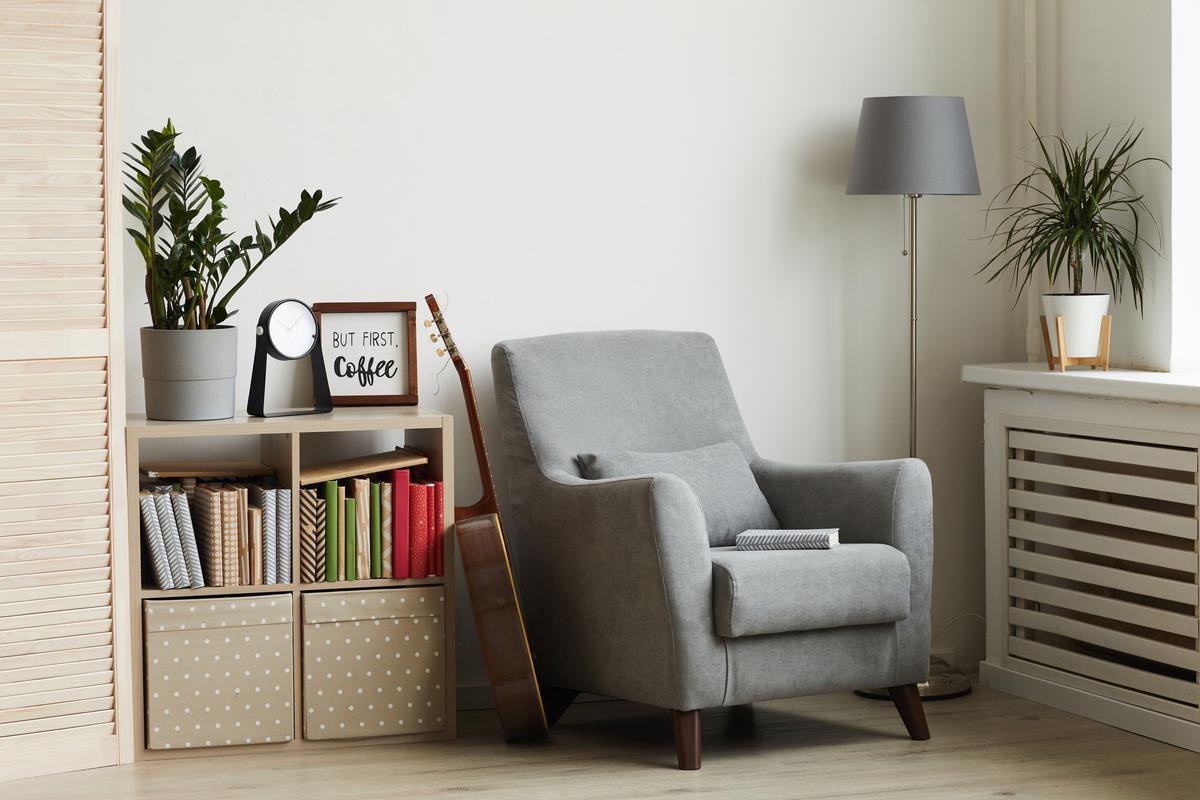
Many coffee tables now have shelves built in but that doesn’t need to be the end of storage options. Side tables, bedside tables, sofas — they all hold the potential to help maximise book storage. “A credenza, console table, or media unit can also be used to store favourite books — either in the cupboards/ boxes or in plain sight. Earmark the areas that you will use and arrange them with other items to create an aesthetically pleasing arrangement,” says Desai.
Expand your imagination
There’s a lot that you can do with existing furniture pieces to boost book storage — without shelling out the big bucks. Consider adding a few shelves to create a literary headboard (or baseboard) that’s unlike any other to frame a bed. A large, wooden dollhouse or crib can be repurposed to create a book shelving unit. A thin shelf behind the door can hold magazines and slimmer books while corner shelves help you use those awkward spaces to best effect.
“Other options include turning the staircase railing into a show-stopping book display that’s sure to be a conversation starter. If you have the space, build shelves around a window to create a small reading nook, one that invites you to spend time and read,” Patel says.
Take care of your bookish treasures
Place books upright in a vertical position or flat horizontally. Ensure that the shelf is full so that books sit tight against each other; if not, add bookends to keep them straight.
Keep your books in a comfortable temperature and away from humidity — avoid walls that back to the exterior — so as to prevent cracking and bending.
Store books away from direct sunlight, which can affect the colour on the covers and spines and can make the pages brittle.
A proper cleaning routine will keep your books looking new. Dust them gently but regularly; dust jackets can help keep them cleaner.
Published – August 25, 2023 05:02 pm IST


